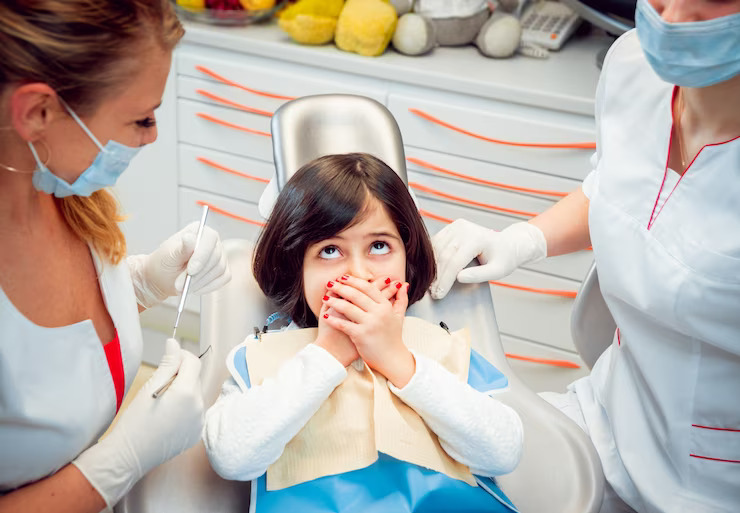Dental trauma in children is a topic that cannot be taken lightly. It can have long-lasting consequences that extend beyond the initial injury. In this blog, we will explore the importance of addressing dental trauma in children and provide valuable insights from a pediatric emergency dentist specializing in treating such cases.
Understanding Dental Trauma in Children
Dental trauma in children can occur due to various reasons, such as falls, sports-related injuries, accidents, or even biting down on hard objects. Common forms of dental trauma include chipped or broken teeth, knocked-out teeth, and damage to the lips, cheeks, or tongue. Understanding the causes is essential for taking preventative measures.
The consequences of untreated dental trauma can be severe. Neglected injuries can lead to infections, gum problems, misalignment of teeth, and long-term aesthetic issues. Moreover, untreated dental trauma can affect a child’s self-esteem and oral health in the future.
Steps to Take When Dental Trauma Occurs
Immediate action is crucial when dental trauma occurs. Parents or caregivers should be aware of what to do in these situations:
Rinse and clean: If a tooth is knocked out, gently rinse it with clean water and avoid touching the root. Place it back into the socket if possible, or store it in a container of milk or saliva to keep it moist. Immediate action increases the chances of successful re-implantation.
Control bleeding: Apply gentle pressure with a clean cloth or gauze to stop bleeding from the mouth or lips.
Reduce swelling: Use a cold compress to minimize swelling and relieve pain.
Visit the dentist: Seek professional help immediately. Contact your Pediatric Emergency Dentist in Bradley, to assess the extent of the trauma and provide the necessary treatment.
Prompt action significantly improves the outcome in cases of dental trauma.
Treatment Options By Pediatric Emergency Dentist
The treatment options for dental trauma in children may vary depending on the type and severity of the injury. Here’s an overview:
Dental bonding: For minor chips and fractures, dental bonding can be an effective solution. A tooth-colored resin is applied to restore the tooth’s appearance and function.
Crowns: More significant damage may require a dental crown, which is a custom-fitted cap that covers and protects the injured tooth.
Root canal therapy: If the dental trauma reaches the tooth’s pulp, a root canal may be necessary to remove damaged tissue and save the tooth.
Dental implants: In completely knocked-out teeth, dental implants are a viable option to replace the missing tooth.
Preventive Measures to Minimize Dental Trauma
Prevention is always better than cure. Here are some tips to help minimize the risk of dental trauma in children:
Use protective gear: Encourage children to wear mouthguards during sports activities to safeguard their teeth and gums from injury.
Childproof your home: Make your home safe by removing potential hazards and ensuring that your child’s play area is free from sharp or dangerous objects.
Teach safe play: Educate your child about safe play practices and avoiding rough activities that can lead to accidents.
Regular dental check-ups: Schedule regular dental check-ups with a Pediatric Dentist at Joyful Smiles, Bradley. Early detection can help prevent minor issues from becoming major problems.
Addressing dental trauma in children is of paramount importance. Understanding the causes and potential consequences of untreated dental trauma is the first step. When dental trauma occurs, taking immediate action, seeking professional help promptly, and exploring the available treatment options are crucial for a successful outcome.
Dental trauma can be a distressing experience for both children and their families. Still, with the right knowledge and support, you can ensure your child’s smile remains bright and healthy.








